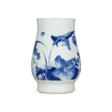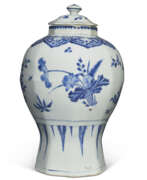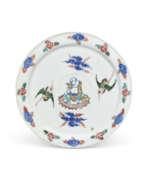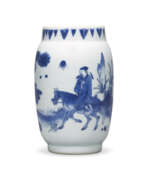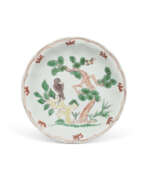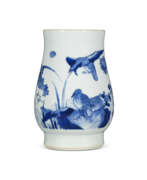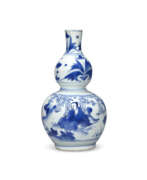Chongzhen period
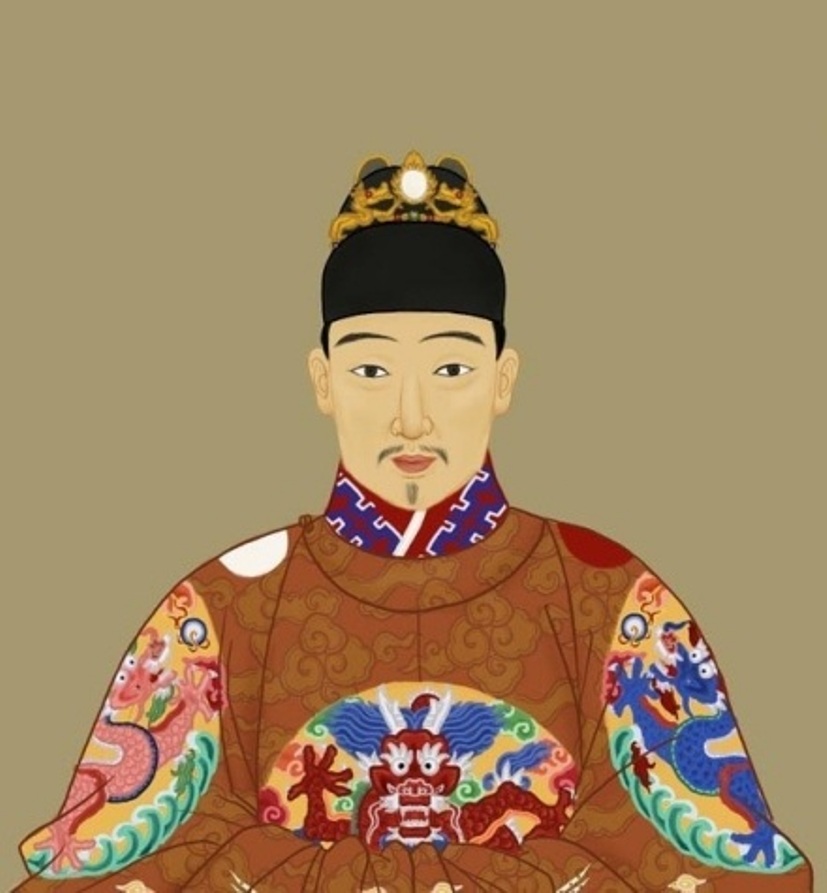
Chongzhen period
The Chongzhen period, marked by the reign of Zhu Youjian, the last emperor of China's Ming Dynasty, is a significant era in Chinese history. This period, lasting from 1627 to 1644, is known for its dramatic end and the fall of the Ming Dynasty.
Zhu Youjian, ascending the throne as a young emperor, faced immense challenges, including peasant rebellions and threats from the Manchu forces. His reign was characterized by efforts to reform the government and the military, albeit with limited success due to internal corruption and an empty treasury. Zhu Youjian's governance was also marked by his suspicion of officials and a notable struggle against the influence of powerful eunuchs like Wei Zhongxian.
The Chongzhen period is also remembered for the emperor's unwavering commitment to traditional Ming values. Despite suggestions to negotiate with the Manchu or move the capital for safety, Zhu Youjian chose to fight, maintaining the Ming tradition of not surrendering or fleeing. This decision, however, led to the fall of Beijing to rebel forces led by Li Zicheng in 1644.
In a tragic and symbolic end to his reign and the Ming Dynasty, Zhu Youjian committed suicide. His final act was driven by a sense of responsibility and honor, refusing to surrender or abandon his people. This dramatic end marked the transition from the Ming to the Qing Dynasty, changing the course of Chinese history.
For collectors and experts in art and antiques, the Chongzhen period represents a time of significant historical and cultural transformation. The artifacts and artistic works from this era are not only aesthetically valuable but also bear witness to a tumultuous and pivotal period in China's past.
For collectors, historians, and enthusiasts in the realms of art and antiquities, the Chongzhen period represents a pivotal moment in Chinese history. If you wish to delve deeper into the fascinating conclusion of the Ming Dynasty, we invite you to join our community. Subscribe to our newsletter for insightful articles, updates on exhibitions, and exclusive invitations to events focusing on this transformative era. Connect with a network of experts and enrich your understanding of a time that shaped the course of history.
| Country: | Asia, China |
|---|---|
| Start of the period: | 1627 |
| End of the period: | 1644 |
